
软件工程毕业论文外文文献—办公自动化系统
20页1、外文原文MODELING INTERNET TOPOLOGYAbstractThe topology of a network, or a group of networks such as the Internet, has a strong bearing on many management and performance issues. Good models of the topological structure of a network are essential for developing and analyzing internetworking technology. This article discusses how graph-based models can be used to represent the topology of large networks, particularly aspects of locality and hierarchy present in the Internet. Two implementations that g
2、enerate networks whose topology resembles that of typical internetworks are described, together with publicly available source code.1 IntroductionThe explosive growth of networking, and particularly of the Internet, has been accompanied by a wide range of internetworking problems related to routing, resource reservation, and administration. The study of algorithms and policies to address such problems often involves simulation or analysis using an abstraction or model of the actual network struc
3、ture. The reason for this is clear: networks that are large enough to be interesting are also expensive and difficult to control; therefore they are rarely available for experimental purposes. Moreover, it is generally more efficient to assess solutions using analysis or simulation - provided the model is a “good” abstraction of the real network. The topological structure of a network is typically modeled using a graph, with nodes representing switches or routers, and edges representing direct c
4、onnections (transmission links or networks) between switches or routers. Thus, the graph models paths -sequences of nodes-along which information flows between nodes in an internetwork. For example, a FDDI ring to which four IP routers are connected would be represented as a completely connected graph of four nodes. Hosts can also be represented as nodes; the typical host will be represented as a leaf connected to a single router node. Additional information about the network can be added to the
《软件工程毕业论文外文文献—办公自动化系统》由会员一****分享,可在线阅读,更多相关《软件工程毕业论文外文文献—办公自动化系统》请在金锄头文库上搜索。
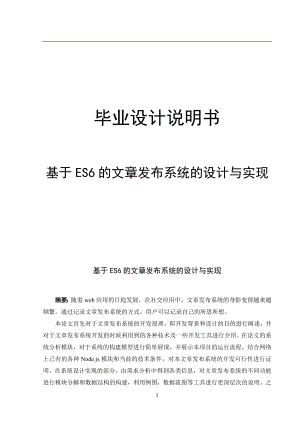
基于ES6的文章发布系统的设计与实现

汾酒集团网站的设计与开发
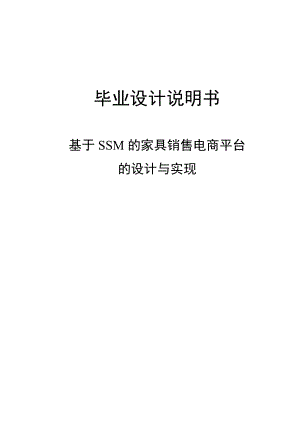
基于SSM的家具销售电商平台的设计与实现

宠物用品网络商城的设计与实现
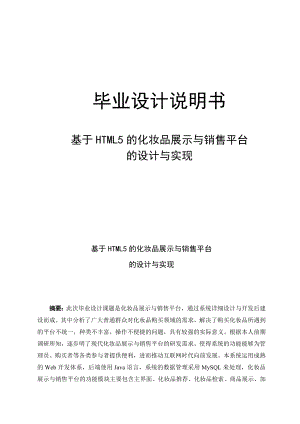
基于HTML5的化妆品展示与销售平台的设计与实现-论文定稿
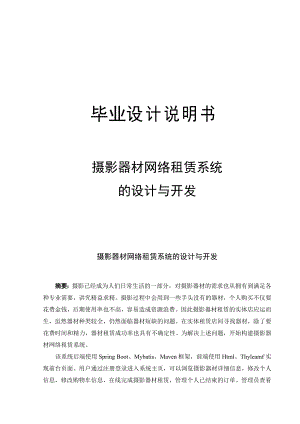
摄影器材网络租赁系统的设计与开发
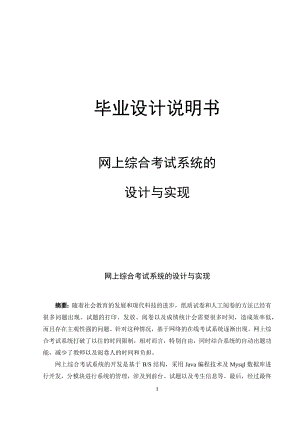
网上综合考试系统的设计与实现
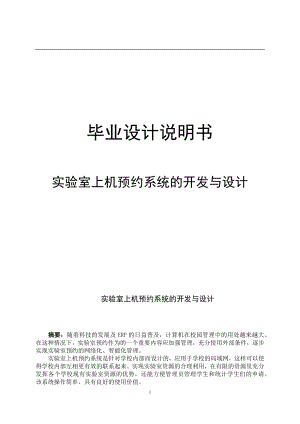
实验室上机预约系统的开发与设计毕业设计说明书

基于React的工厂进销存管理系统的设计与实现
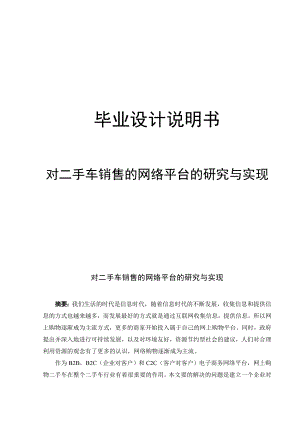
对二手车销售的网络平台的研究与实现
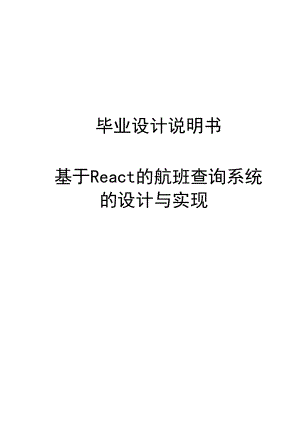
基于React的航班查询系统的设计与实现
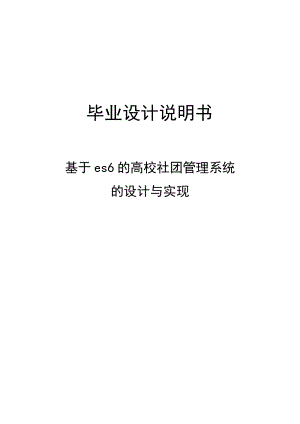
基于es6的高校社团管理系统设计与实现

网上学生评教系统的设计与实现-
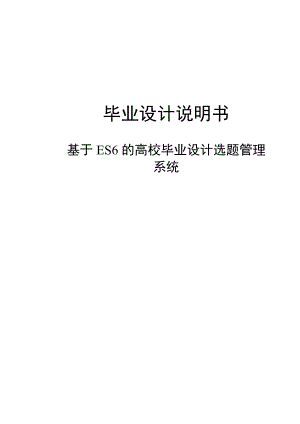
基于ES6的高校毕业设计选题管理系统
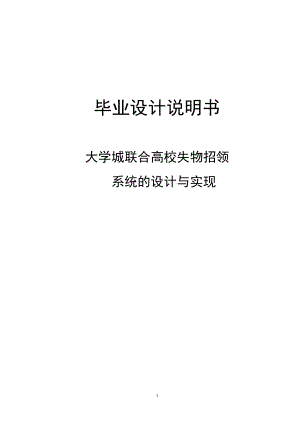
大学城联合高校失物招领系统的设计与实现

基于智能手机的菜谱APP设计与实现
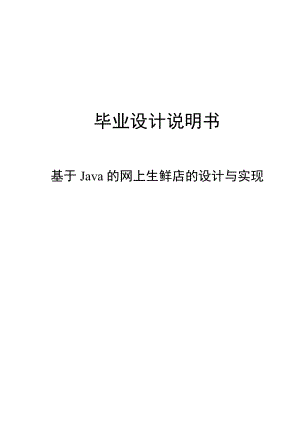
基于Java的网上生鲜店的设计与实现说明书
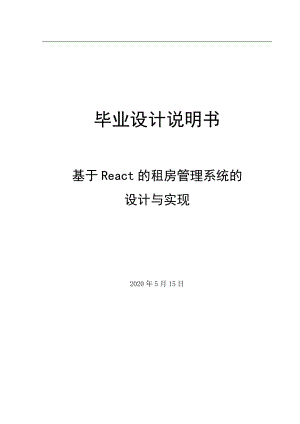
基于React的租房管理系统的设计与实现

基于ES6的 网上招聘系统的设计与实现
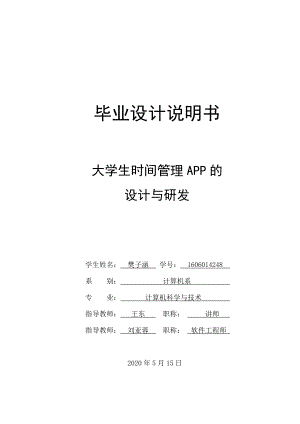
大学生时间管理APP的设计与实现
 开题报告 非学历教育培训机构绩效评价研究——以沈阳市DFHC为例
开题报告 非学历教育培训机构绩效评价研究——以沈阳市DFHC为例
2023-07-22 11页
 毕业设计(论文)-双跨柔性转子实验装置的设计(全套图纸三维)
毕业设计(论文)-双跨柔性转子实验装置的设计(全套图纸三维)
2023-10-03 19页
 国际商法英文阅读资料1
国际商法英文阅读资料1
2023-12-15 5页
 网络广告策略研究
网络广告策略研究
2023-11-03 17页
 毕业设计(论文)-手动气阀机械加工工艺规程及编程(全套图纸三维)
毕业设计(论文)-手动气阀机械加工工艺规程及编程(全套图纸三维)
2023-06-06 29页
 教育心理学专业大学生父母教养方式与人际交往对孤独感的影响
教育心理学专业大学生父母教养方式与人际交往对孤独感的影响
2023-01-09 27页
 机械制造技术课程设计-支架加工工艺及钻2-φ9孔夹具设计
机械制造技术课程设计-支架加工工艺及钻2-φ9孔夹具设计
2023-04-21 22页
 发电式健身自行车设计
发电式健身自行车设计
2024-01-24 44页
 毕业设计(论文)-污水处理厂泵房PLC电气控制系统设计
毕业设计(论文)-污水处理厂泵房PLC电气控制系统设计
2022-10-24 35页
 播音主持的新方向——电竞解说
播音主持的新方向——电竞解说
2022-12-10 12页

